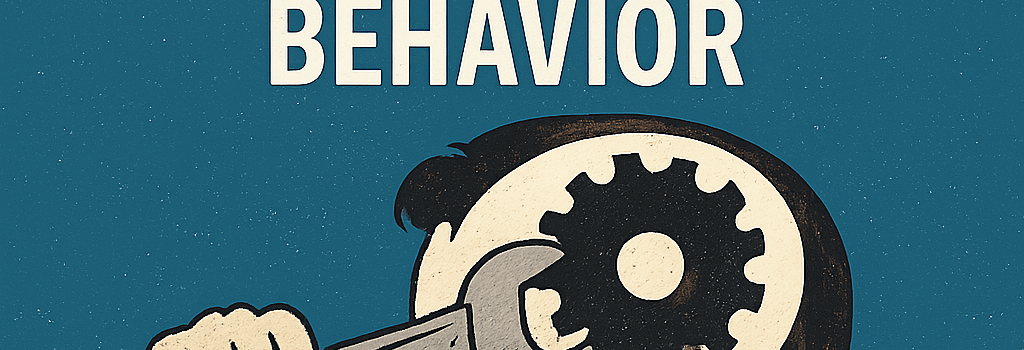Study Reveals Mechanisms of Self-Sabotaging Behavior

Introduction
Why do some individuals repeatedly undermine their own success? A recent multidisciplinary study combining neuroscience, cognitive psychology, and computational modeling sheds light on the internal processes that drive self-sabotage. Researchers used advanced imaging, expert interviews, and algorithmic analogies to dissect why certain behaviors persist despite negative outcomes.
Original Observation
Some people just dont learn from experience; they fail to realize their own behavior is causing the problem.
Neuroscience Perspectives
Neural Circuits and Dysregulated Pathways
Functional MRI (fMRI) studies performed on 3T scanners reveal hypoactivity in the ventromedial prefrontal cortex (vmPFC) when subjects face repeated failure. Meanwhile, the dorsal striatum shows hyperactivation, indicating a shift from goal-directed control to habitual loops. The imbalance in dopamine signaling—measured via PET tracers—suggests that the brains reward system reinforces counterproductive choices.
Electrophysiological Signatures
Event-related potential (ERP) recordings demonstrate attenuated P300 components during error monitoring tasks. This reduction correlates with impaired feedback integration, preventing the individual from updating internal models after mistakes.
Cognitive Biases and Reinforcement Learning Analogy
- Confirmation Bias: Subjects favor information that justifies existing habits, even when data indicate failure.
- Loss Aversion: Overweighting potential losses leads to risk-averse behaviors that paradoxically undermine long-term goals.
- Exploration–Exploitation Imbalance: In reinforcement learning terms, a low exploration rate (ε in ε-greedy algorithms) causes the agent to stick with suboptimal actions.
Dr. Elena Morozova, cognitive neuroscientist at Stanford University, notes: “The brains failure to adapt can be modeled as an RL agent with a decaying learning rate—past rewards overshadow new feedback.”
AI & Machine Learning Insights
By simulating self-sabotage in deep Q-networks (DQNs), engineers observe that agents with brittle reward functions replicate human patterns: they become trapped in local minima. Applying techniques like prioritized experience replay and varying learning rates can rescue these agents—an approach that may inspire therapeutic interventions.
Practical Intervention Strategies
- Biofeedback Training: Using real-time EEG to reinforce adaptive neural patterns.
- Adaptive CBT Modules: Leveraging mobile apps with A/B testing to personalize prompts.
- Pharmacological Adjuncts: Modulating dopamine receptors to restore reward sensitivity.
Future Directions and Research Implications
Ongoing projects are integrating cloud-based analytic pipelines (AWS SageMaker, Google AI Platform) to process large fMRI datasets. The next phase will employ federated learning to respect patient privacy while improving model generalizability. We anticipate breakthroughs in wearable neuromodulation devices that deliver closed-loop stimulation to correct maladaptive circuits.
Expert Opinion: “Bridging computational neuroscience with machine learning not only deciphers self-sabotage but opens pathways for AI-driven personalized therapy,” says Prof. Mark Renfield, Director of the Center for Neural Computation.